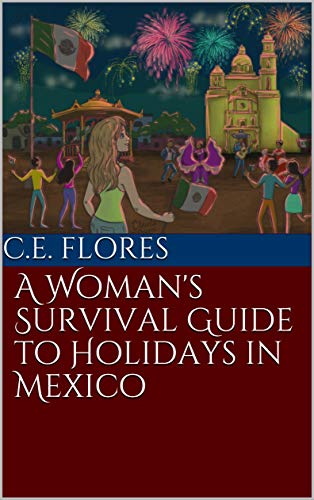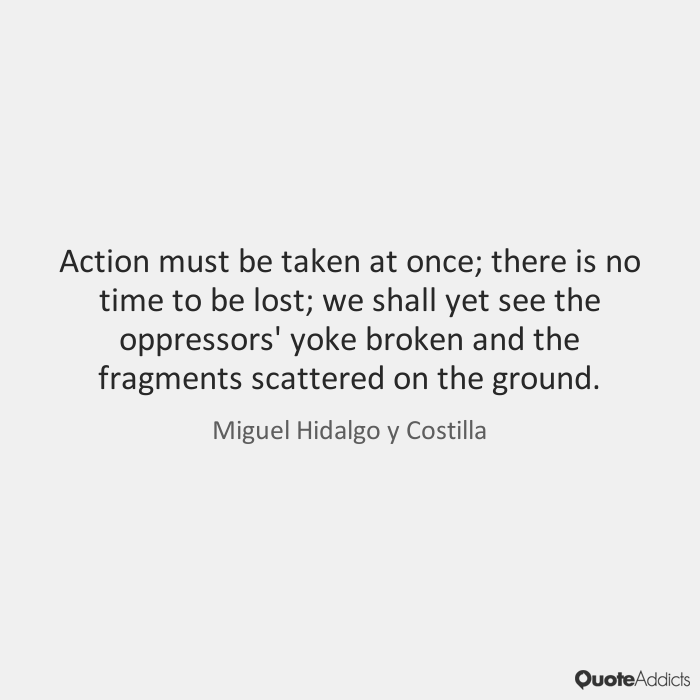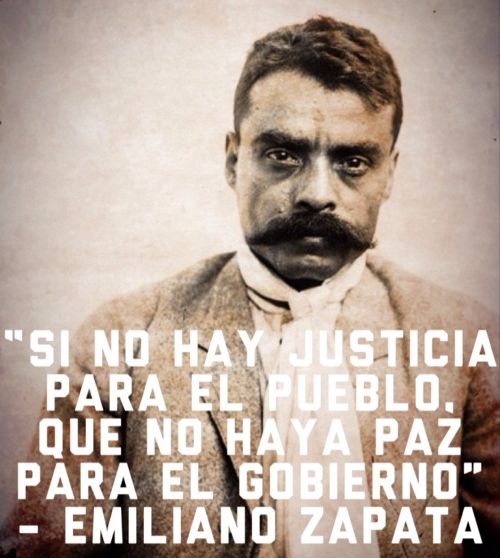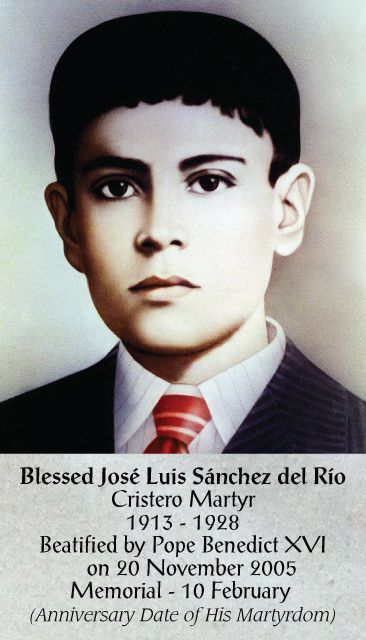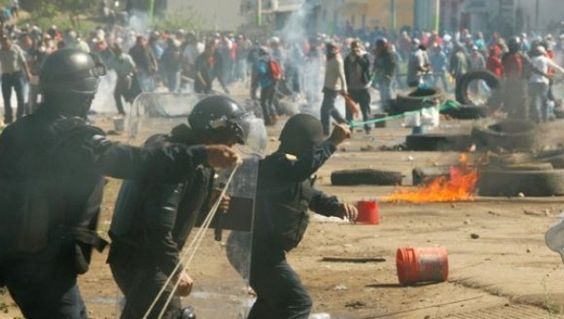There isn’t hardly a town in Mexico that does not have a street named after President Benito Juarez so it’s no surprise that his birthday is a national holiday. Benito Pablo Juárez García was born on March 21, 1806, to Brígida García and Marcelino Juárez, Zapotec peasants. After the death of not only his parents but also his grandparents, he was raised by an uncle. He became a servant in the same household as his older sister in Oaxaca and began formal schooling at age 12 when a prominent citizen arranged for him to attend seminary school. He later went on to study law, graduating in 1834. Juarez was elected to the Oaxaca city council in 1831 and appointed as a civil judge in 1841.
In 1842, he married Margarita Eustaquia Maza Parada, the daughter of the man he served as a child. Margarita was of upper class, Italian descent and 20 years younger than her husband. The two had 12 children (including twin girls) together, however, 5 died in childhood. Benito Juarez also had two children with a woman named Juana Rosa Chagoya prior to his marriage, Tereso and Susana. There’s isn’t much information about Juana although it seems she died before Juarez married Margarita. Although most biographies record that Juana Rosa was the mother of both children,Tereso had a different last name than Susana which makes it appear as if they had different mothers. (Tereso Juarez Ortiz/Susana Juarez Chagoya). One source names Tereso’s mother as Cruz Ortiz. While Susana was always acknowledged as the natural daughter of Benito Juarez, Tereso was denied legitimacy when he tried to obtain it after Juarez’s death. Susana was said to be mentally deficient in some way and never married which was convenient for the legitimate heirs of Margarita Maza.
Benito Juarez became president of Mexico in 1858 when President Ignacio Comonfort was forced to resign. Juarez was the head of the Supreme Court, so by order of succession, he assumed the position of president and remained president until his death in 1872.
He was president during the Reform War (1858-1860) which was a civil war between Liberals and Conservatives. He was also president during the French Invasion (1862-1867) although he and his family lived in exile for some time.
Juarez was a Freemason and opposed to the power of the Catholic church in Mexico. La Ley Juarez made it so that neither the military nor the clergy were exempt from civil laws. La Ley Lerdo went one step further and confiscated church lands not directly used for religious purposes. It also abolished communal land which impacted the indigenous communities as well. Although Juarez did not draft La Ley Lerdo, he did pass the Law of Nationalization of the Ecclesiastical Property (Ley de la Nacionalización de Los Bienes Eclesiásticos) in 1859 absorbing church-owned assets and properties into the national treasury.
Further undermining the authority of the church, Juarez created the Civil Registry for births, marriages, and deaths. Juarez also secularized cemeteries and hospitals. He decreed freedom of religion in 1860 (Ley de Libertad de Cultos) and established national holidays apart from the Catholic church as part of what is known as Los Leyes de Reforma.
Did you know that Benito Juarez was honored as Companion of the Third Class of the Pennsylvania Commandery by the Military Order of the Loyal Legion of the United States (MOLLUS) in 1866 which was typically reserved for civilians who made a significant contribution to the Union war effort? He and his wife spent some time in exile in the US and even met President Lincoln. That isn’t something that would happen nowadays though. Just think, an indigenous man from Mexico with his white wife and mixed-race children seek asylum in the US? Not on your life buster!

Benito Juarez is the face you’ll see on the 20 peso bill along with the scales of justice. On the back is the archeological site Monte Albán found in Oaxaca, the symbol for the Bank of Mexico and the symbol of a Cojijo.


The 20 peso bill is heading out the door to be replaced with a coin. However good ol’ Benito is the new face of the 500 peso bill, replacing Frida Kalho and Diego Rivera. This new bill looks enough like the 20 peso bill, down to the color, that some confusion is inevitable, at least until all the 20 peso bills are finally out of circulation.
*****
Do you want to learn more about Mexican holidays and traditions?
Then check out A Woman’s Survival Guide to Holidays in Mexico!

